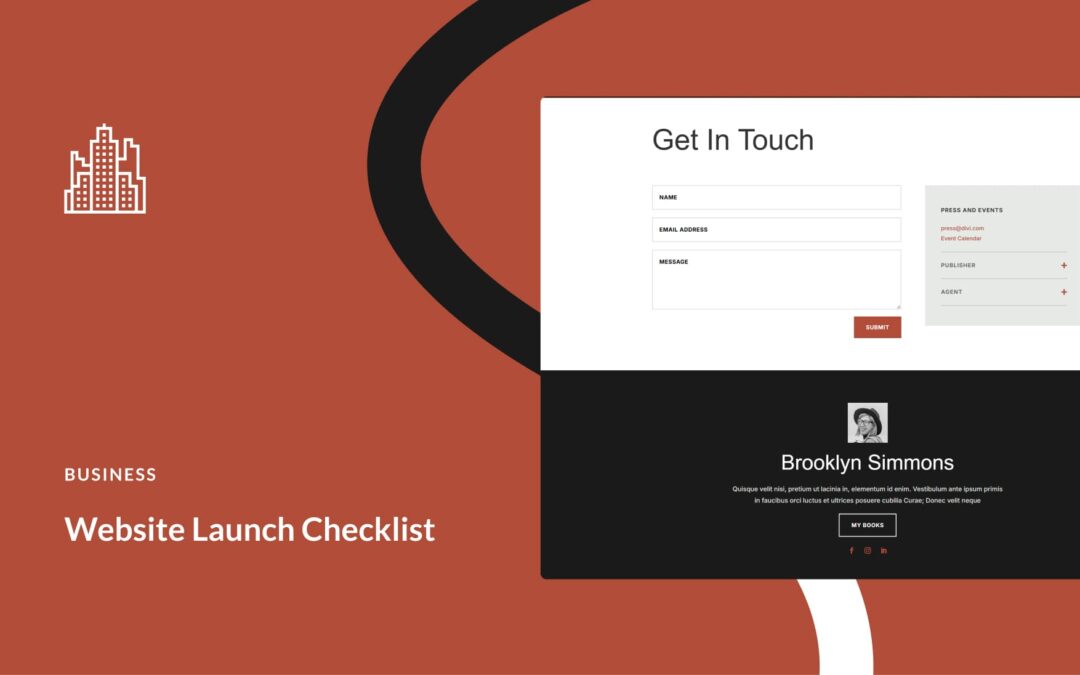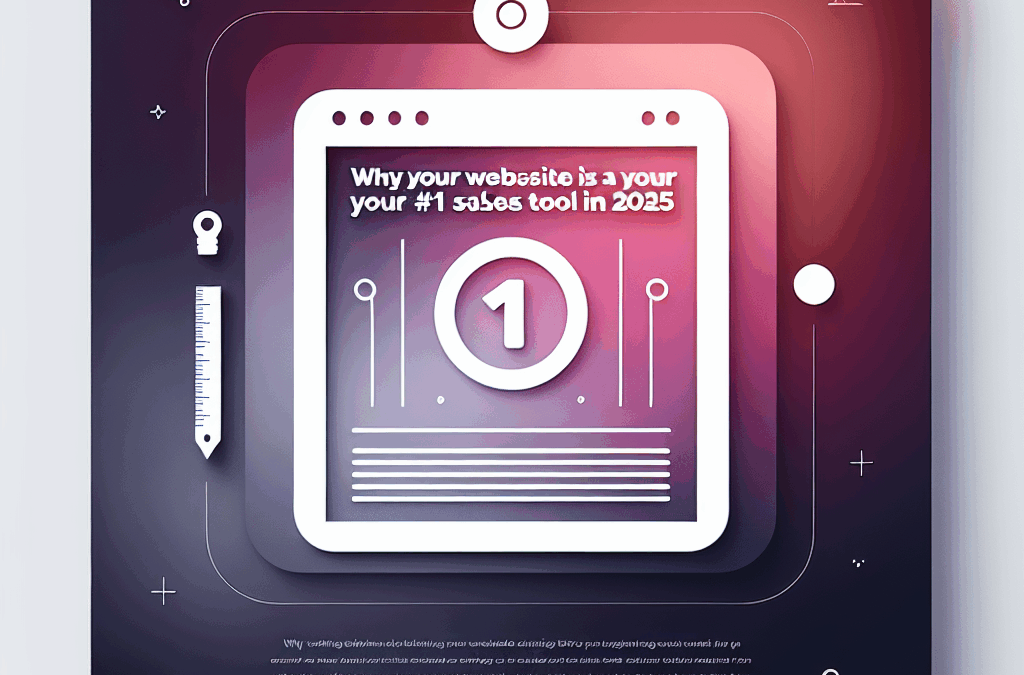The most important step in creating a website comes before your developer ever writes a single line of code. In order to build the best possible website, you should first create a website sitemap. Failure to properly develop a sitemap causes many projects to fall apart. Because this process is so important, we want to explain how to create a website sitemap, but first, let’s define exactly what a sitemap is and what it is not.
What is a Website Sitemap Tool?
At it’s most basic level, a sitemap is a list or diagram which represents the hierarchy of the pages on your website. It works as a planning tool to map out the site architecture. By clearly defining the structure and navigation, you can improve the flow and function of your site.
The idea is to organize the order of your pages to create logical paths so that the targeted users achieve the purpose of their visit. A sitemap also organizes the content to assist the business in achieving its business goals.
What a Sitemap Tool is NOT
Some confusion exists regarding sitemaps because the term can refer to two separate things. Don’t confuse the sitemap outline or diagram with the XML file on a website which helps search engines index the searchable pages. While that is also an important tool, it comes after the website is built and is not part of the planning stage.
The Process Used to Create a Website Sitemap
First, you need to gather resources and ‘plan’ for your planning session. I know, it sounds like a lot of unnecessary preparation but in the end, it pays to put in the extra work. Proper planning helps facilitate a successful website design.
Define Your Business Goals
Think of your website as a business asset. You would never purchase a high-dollar piece of machinery without first determining how it could increase productivity and your bottom line. The same applies to your site. You must know where your website fits into your overall business goals. Once you know what the ultimate destination is then you can map your way there.
Set Your Website Objectives
As we said, the business goal is the ultimate destination. Setting your website objectives means determining the stops along the way. Every ‘yes’ is actually a series of ‘micro-yesses.’ These are directly related to your customer’s path but in order to clearly define these ‘stops’, you need to know your client.
Create User Profiles
In order to create a website sitemap, you need to know who will be taking the buyer’s journey. Identify your primary, secondary, and even tertiary customers. What are their needs? Why would they be on your site? What is their logical progression from initial interest to final conversion?
It could be that you have several users on your site. Create a path for each one to help you facilitate the flow and prevent redundant pages.
Define the Page and Content Relationships
This flow from one page to another defines the page and content relationships on your site. Search engines give priority to well-organized websites in the search results. It’s just one aspect of ranking well, but it is an important one. Duplicate content does not do well, and poorly organized sites lose out on ‘rank juice’ from internal links.
A successful website relies on both user experience AND search engine accessibility. When you create a website sitemap prior to designing a website, it is the same as having house plans before building a home. You need to know how everything will fit together so that it doesn’t fall down around you.
How We Create a Website Sitemap
Because we feel that the sitemap is so important to the success of the project, we have established a process we use to create a website sitemap.
- First, we look at the existing sitemap. Many of our clients already have some sort of website in play. They come to use for a website redesign or some upgrades. We create a spreadsheet that lists all the pages and how they relate to one another.
- Then, we start asking questions. In your opinion, what is working and what is not? How could your website better meet your business goals? Who are your clients? Once we have a good picture of the website’s purpose, then we can analyze its current performance.
- We analyze the data from Google Analytics. How much traffic does your website receive? Which pages are the most popular? Where do visitors go once they hit your landing page? By identifying the areas where you have traffic and those where you don’t, you can streamline your site.
- Based on our marketing experience, we advise our customers on changes to their existing layout. It may be that you need to add pages, remove others, or change the order.
Your website sitemap is the story of your site. The bigger the website, the more complex the sitemap. However, keeping it as simple as possible is the key. What most people don’t realize is that the purpose of service websites is to generate leads, not for sales. You only need to get people to contact you. Once they make contact, then the selling begins.
We help you create a website sitemap when we design the Free Mock-Up of your website. Once you contact us, we can collaborate and figure out the best way to service your clients and move them along the buyer journey.
SEO










